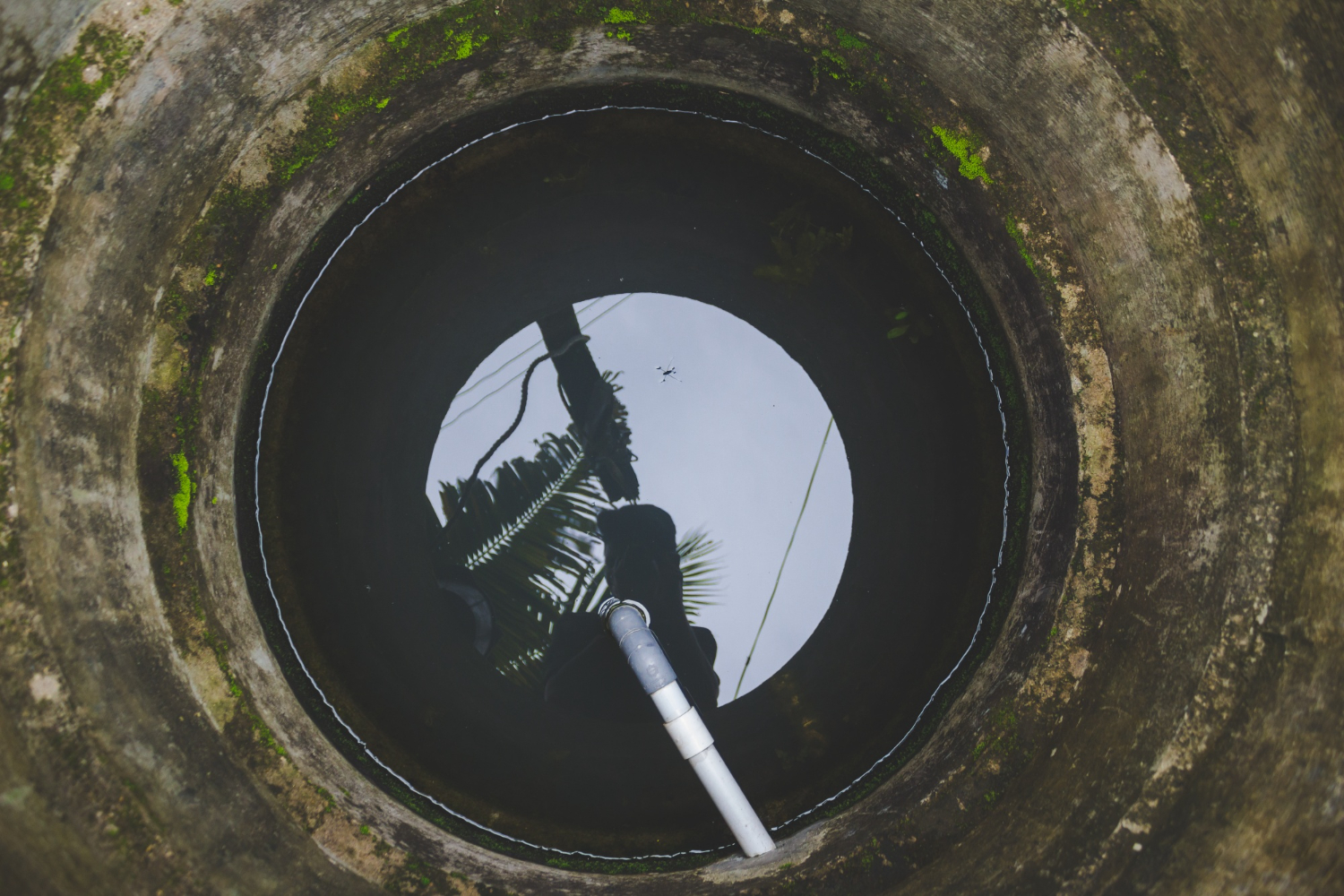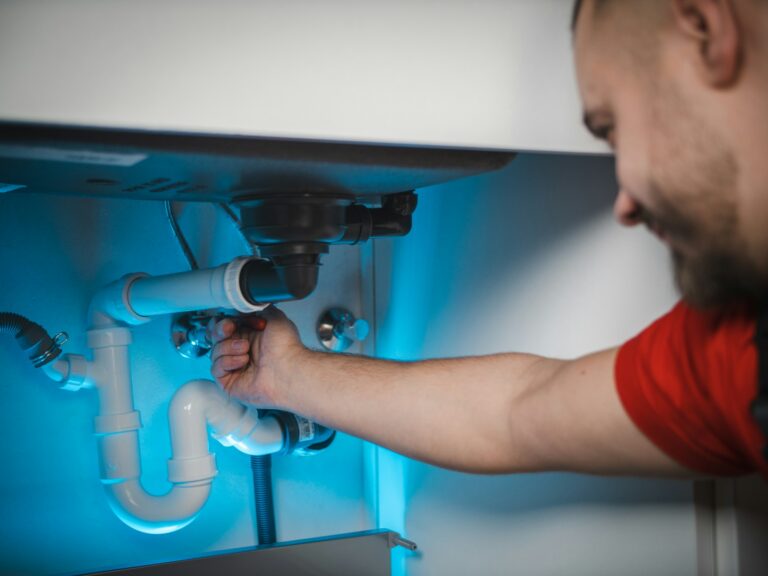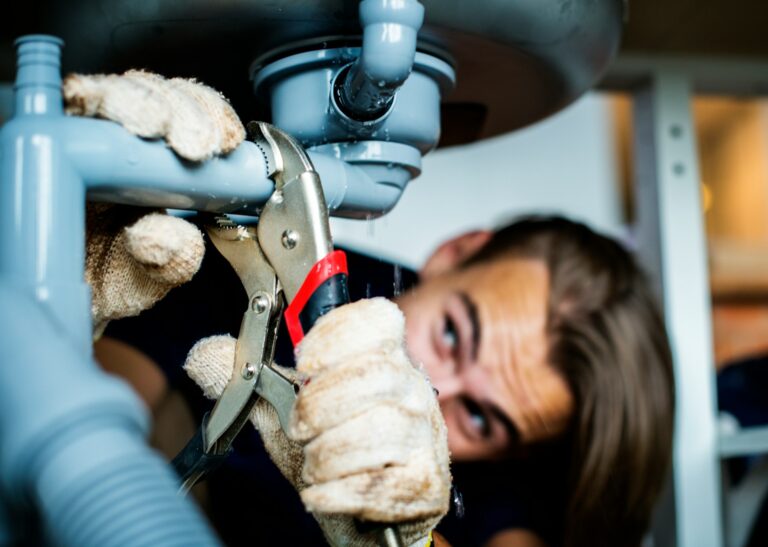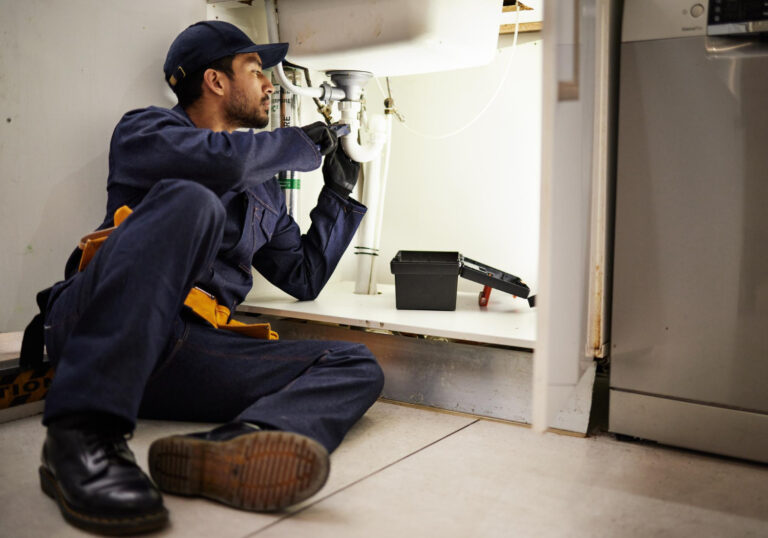Living in Greer comes with its own set of challenges, especially when it comes to keeping homes dry during heavy rainfall. A sump pump acts as your home’s main defender against unwanted water in your basement. This essential tool helps prevent flooding and the costly water damage that comes with it, making it a must-have for many homeowners in the area.
Regular checks and maintenance of your sump pump can make all the difference. Understanding the key components of a sump pump and ensuring each part is functioning effectively helps you avoid unexpected failures during a storm. A well-maintained sump pump means less stress about sudden basement floods.
Ignoring these checks can lead to serious issues, but finding the warning signs early and knowing what to do can save you a lot of trouble. Discovering why these checks are vital will not only safeguard your home but also bring you peace of mind during those rainy Greer days.
Understanding the Role of a Sump Pump in Greer Homes
A sump pump is a crucial device that helps to keep basements dry by pumping out water accumulated in a sump pit, usually found in the basement of homes. This tool is particularly vital in Greer, where unexpected weather changes can lead to heavy rains and flooding. These pumps prevent water damage by removing excess water, protecting your home from potentially harmful floods. In Greer, sump pumps are essential for a few reasons. Many homes deal with basements that are prone to flooding because of the area’s specific weather patterns and topography. During heavy rains, water can quickly accumulate, and without a sump pump, this could lead to substantial water damage. Homes in low-lying areas or near water bodies are even more susceptible. The local weather and geographical features in Greer can make basement flooding a significant risk. Frequent rains combined with a relatively high water table make sump pumps an important shield against water damage. By actively pumping water out and away from the home, sump pumps help mitigate the risk of basement floods, which can lead to costly repairs and mold-related issues. Successful flood prevention means maintaining a healthy living environment and safeguarding your investment.Key Components of Regular Sump Pump Maintenance
To ensure your sump pump functions flawlessly, regular maintenance is key. Here is a simple checklist for homeowners to follow:- Inspect Valves and Check for Damage: Ensure that the check valve is operational and prevents water from flowing back into the sump pit.
- Clean the Pump and Pit: Remove any debris or dirt that may have gathered in the pit. This prevents clogging and ensures smooth operation.
- Check the Power Supply: Make certain the pump is properly connected to a power source and, if applicable, has a functioning backup battery.
- Test the Pump’s Operation: Pour water into the sump pit to verify that the pump starts automatically and drains the water efficiently.
- Examine the Discharge Line: Ensure the discharge line is clear and directs water well away from the foundation to prevent seepage.
Signs Your Sump Pump Needs Attention
Knowing the signs of a failing sump pump can save you from potential water damage. Here are a few key indications that your sump pump needs a closer look:- Unusual Noises: If your sump pump is making grinding or gurgling sounds, it could signify mechanical issues or debris blocking its components.
- Infrequent Cycling: A sump pump that doesn’t kick on during heavy rainfall or cycles too frequently might have a malfunctioning switch or a wiring issue.
- Visible Rust or Corrosion: Rust can affect the functionality and longevity of your pump. If you spot any, a professional should evaluate the pump to prevent failures.
- Stale Water Around the Pump: If there’s water pooling around the pump area, it could point to a failure in the pumping process.




